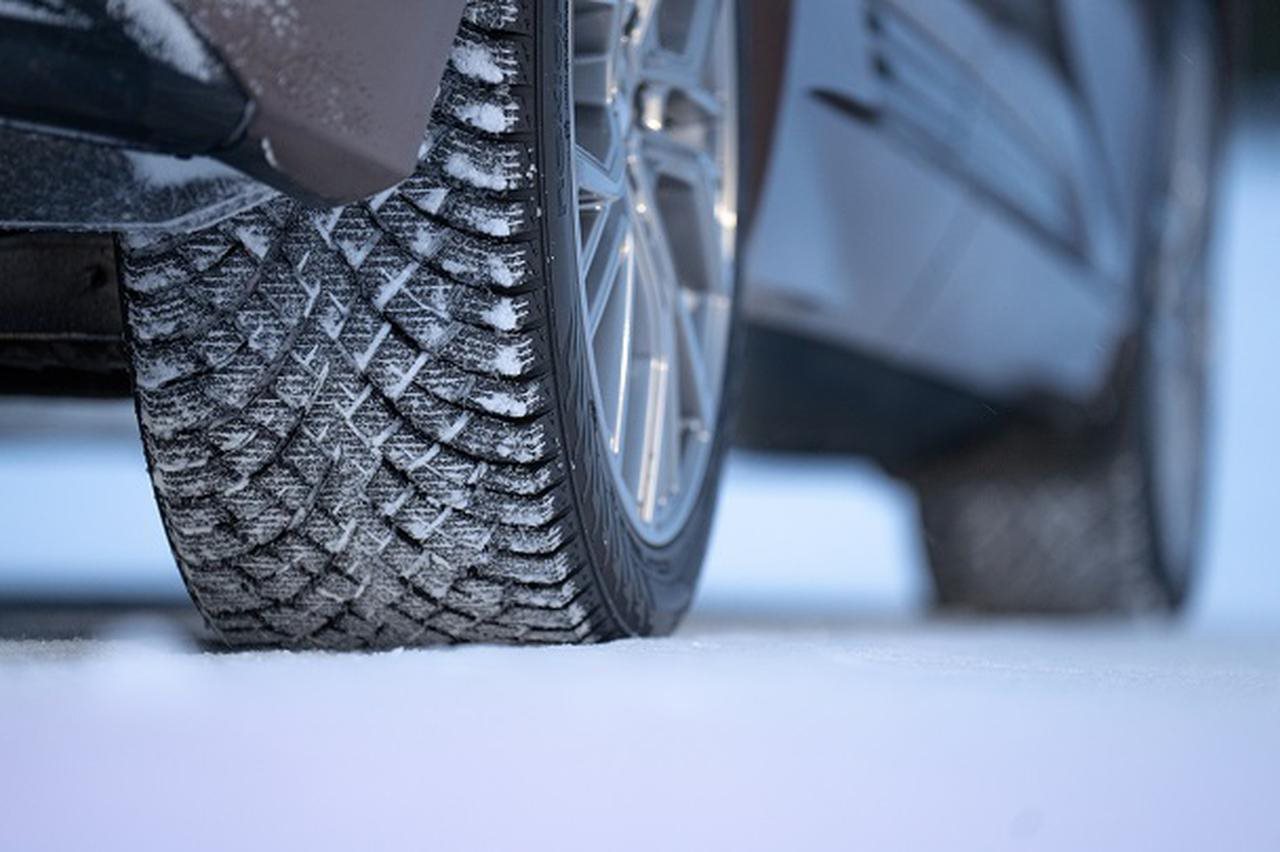(BPT) - Electric vehicles have put a charge into the U.S. automotive market, but there's a burning question many drivers still have: How can tires help them get the most out of their EVs?
From October 2024 to January 2025, hybrid and electric vehicles accounted for 25% of new vehicle sales in the United States - a 32% year-over-year increase, according to S&P Global.
The American EV segment may be showing electrifying growth these days, but global tiremaker Nokian Tyres has developed tires with EVs in mind for many years. Way back in 2012, the inventor of the winter and all-weather passenger tires set a world record for the fastest electric vehicle on ice. Every tire the company makes comes with an Electric Fit marking that certifies it's a seamless fit for EVs.
What does Nokian Tyres have to say about EV tires? And how are tiremakers working hard to meet the needs of this emerging market?
It starts by recognizing the unique demands electric vehicles place on tires.
Weight
Electric vehicles are generally 10 to 15% heavier than internal combustion engine vehicles. That places extra wear and tear on traditional tires. Rubber that isn't durable enough to withstand the added bulk will wear out more quickly, and sometimes irregularly.
That makes blowouts more likely and driving less efficient. The added weight can also increase braking time and cause handling issues on challenging surfaces, such as rain or wintry precipitation.
Tiremakers seek to account for the heavier load by constructing tires with heavier-duty materials and formulating rubber compounds to be more responsive to the road. Nokian Tyres reinforces its EV-compatible products with robust internal structures and advanced materials that maintain stability and durability under heavier loads. The result is a tire that delivers confident handling and long-lasting performance, even under the increased demands of electric mobility.
Noise
Without the hum of an engine, EVs make road noise more noticeable. The main sound drivers notice in the cabin is the noise of tires touching the road. Tire manufacturers seek to mitigate noise frequencies by using tread patterns, rubber compounds and materials that dampen sound waves.
Nokian Tyres addresses this with innovative noise-reduction technologies, including silent sidewall designs and optimized tread patterns that absorb sound and reduce vibration. Nokian Tyres inserts acoustic foam into its dedicated EV winter products, the Nokian Tyres Hakkapeliitta 10 EV and R5 EV. The result is a smoother, quieter ride that complements the serene driving experience EV owners expect.

Torque
Electric vehicles are powerful. They often deliver two to three times more torque than comparable ICE vehicles, especially in the mainstream and luxury segments. And because that torque is available instantly, EVs feel quicker and more responsive in everyday driving.
That extra acceleration power presents a challenge to tires, since rapid changes in speed can cause them to wear more quickly. Drivers should pursue tires that can withstand high torque and deliver grip that maximizes their vehicles' acceleration power. The key: tread patterns and rubber compounds that balance durability and responsiveness.
Nokian Tyres engineers its EV tires with advanced tread compounds and reinforced structures that resist abrasion and maintain grip under sudden acceleration. This helps drivers enjoy the full performance of their EVs without compromising safety or longevity.
Range
Tire design plays a critical role in EV range. High rolling resistance can drain battery life, while optimized tires can help extend it.
How do tiremakers lower the rolling resistance of their tires, helping to optimize EV range? Design plays a big role. According to Nokian Tyres, a tire's sidewall construction, tread pattern and rubber compound play a role in reducing rolling resistance.
Nokian Tyres' EV-compatible products feature low-rolling-resistance compounds that reduce energy loss and improve efficiency; in fact, more than 90% of Nokian Tyres products rank in the lowest categories of rolling resistance. This means drivers can go farther on a single charge - an essential benefit for those looking to maximize their vehicle's potential.
For the right driver, electric vehicles can offer big advantages over rides powered by internal combustion engines. But that's only true if the tires are up to the challenge.
For more recommendations about EV tires, visit NokianTires.com/EVs.
